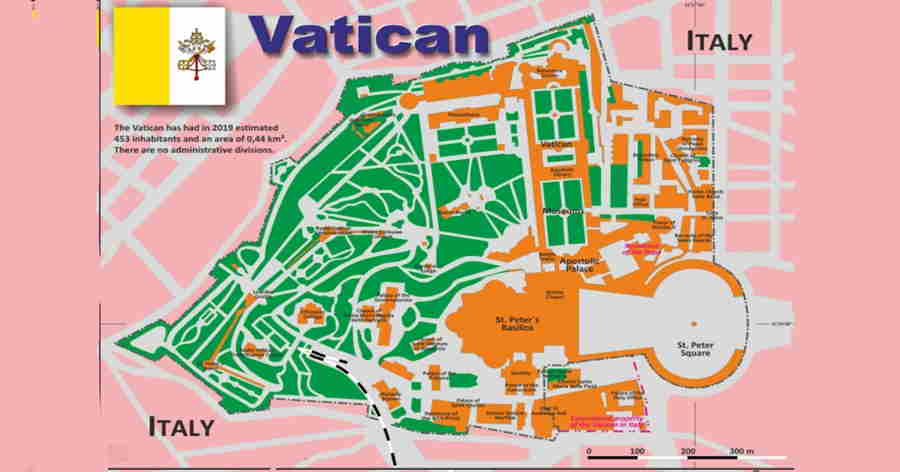
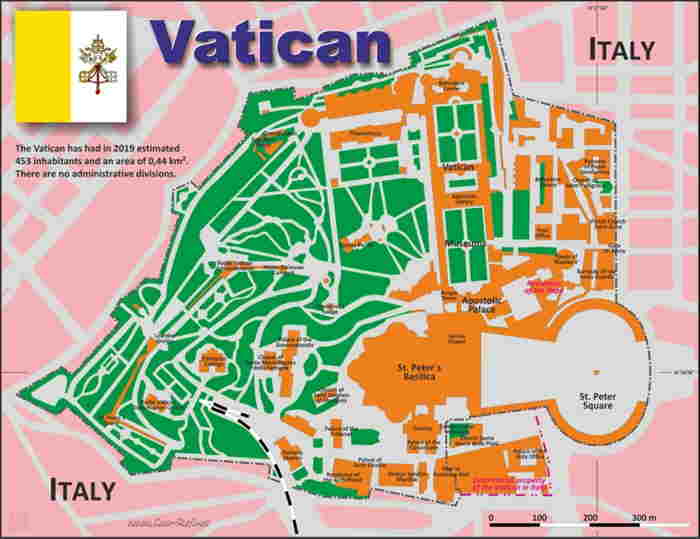
Vatican City is a tiny city-state located within Rome, Italy, with an area of 44 hectares and a population of approximately 800 people. Vatican City is the headquarters of the Catholic Church and the smallest sovereign state in the world. The population in Vatican City is composed of clergy and lay people from around the world, including cardinals, bishops, priests, nuns, and lay staff who help maintain the operations of the city. Most of the population is made up of citizens from the Vatican City, although there are also some non-citizens living in the city. The majority of the population is Catholic, but there are also some citizens who are non-Catholic.
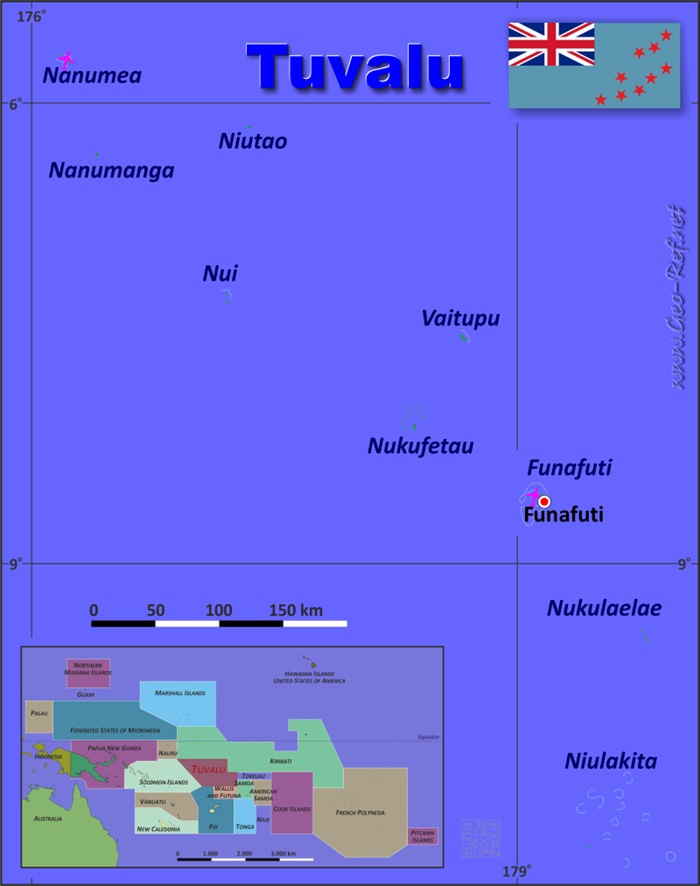
Tuvalu is an island nation located in the south Pacific Ocean, about halfway between Hawaii and Australia. It consists of four reef islands and five atolls, with a total land area of just 26 square kilometers. Tuvalu is the second smallest country in population, with an estimated 11,192 people in 2021. Tuvalu's population is composed of mostly Polynesians, with a small minority of other ethnicities, including Europeans and people from other nearby nations. The majority of the population lives on the main island of Funafuti. The other islands are sparsely populated, with the smallest island, Niulakita, having a population of just 22 people.

Nauru is a small island nation located in the South Pacific Ocean and is the smallest island nation in the world. The population of Nauru is estimated to be around 12,500 people, making it one the third least populous country in the world. The population of Nauru is composed of a mix of Nauruan, Micronesian, and other Pacific Islanders, as well as a small Australian and New Zealand expatriate community. The population of Nauru has been in decline since the mid-1970s, when the island's population was estimated to be around 20,000. This decline has been attributed to emigration, with many of the Nauruan and Micronesian people leaving the island in search of better economic opportunities.
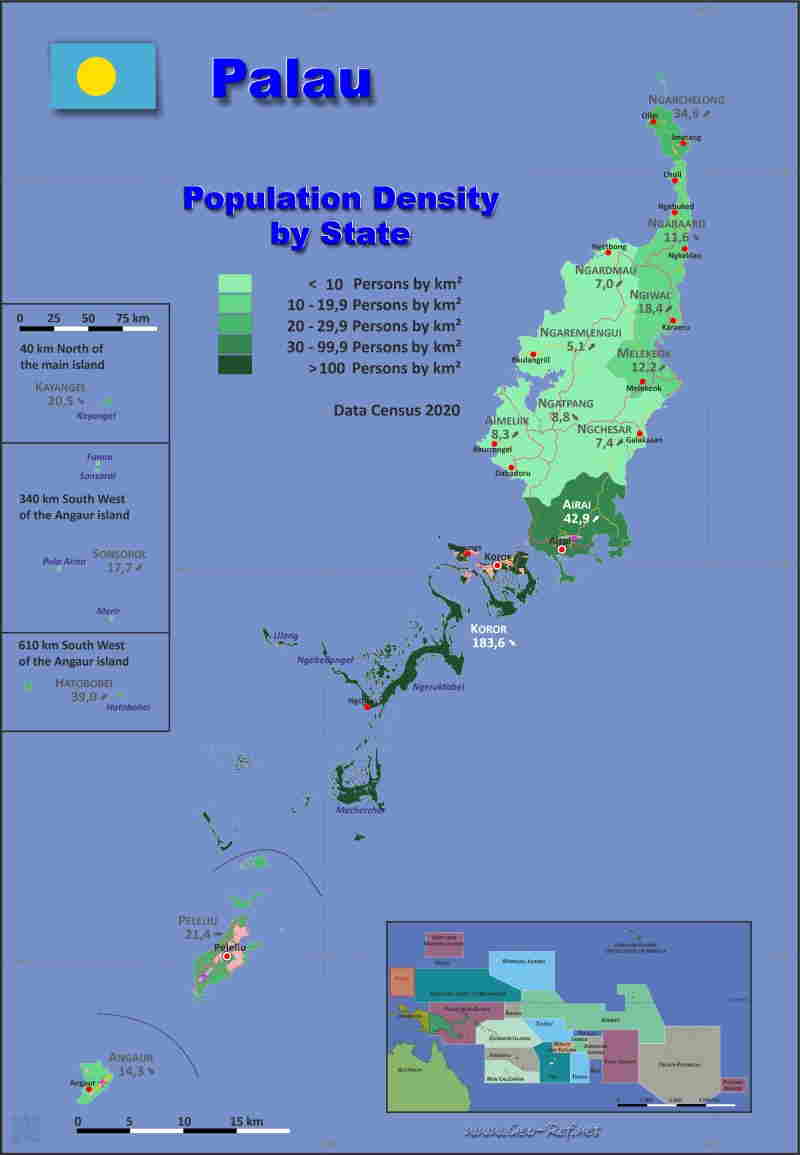
Palau is a country located in the western Pacific Ocean and is composed of around 340 islands. It is considered to be one of the world's smallest nations, with a total population of around 18,000 people. This population is spread out over the many islands, with the majority living on the two main islands, Babeldaob and Koror. Palau's population is considered to be quite diverse, with the majority being Palauan (71.7%) followed by Filipino (13.7%) and Chinese (2.9%). The remaining 11.7% of the population is comprised of other nationalities such as American, Japanese, and Korean, among others. Despite its relatively small population, Palau has experienced a steady population growth over the years. This is attributed to a combination of natural increase and immigration.
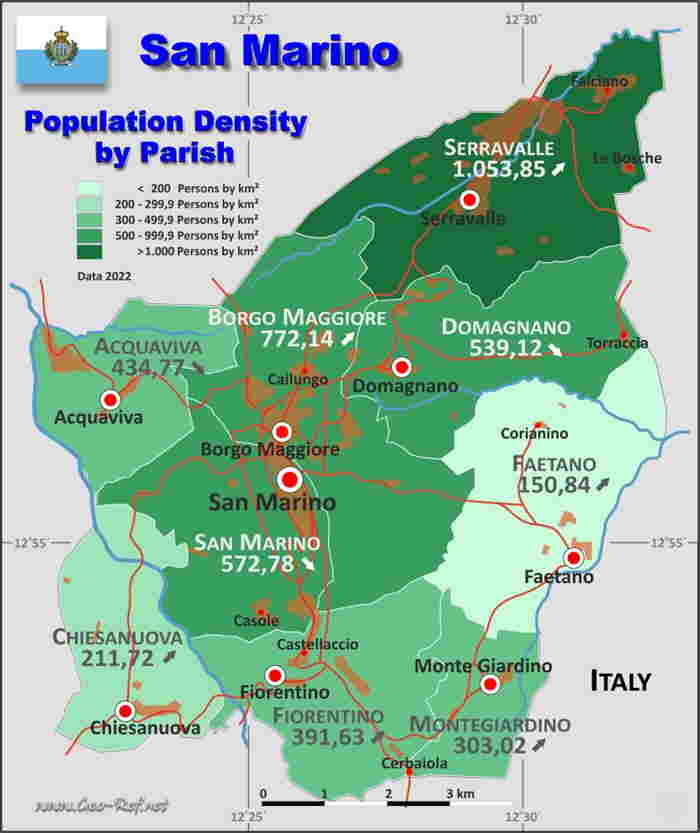
San Marino is a small nation located in southern Europe, within the territory of Italy. It is the third smallest country in the world, after Vatican City and Monaco. The population of San Marino is estimated to be 33,285 in 2020, making it one of the most sparsely populated countries in the world. Of this population, approximately 90% are of Italian descent, with the remaining 10% being mostly foreign citizens.
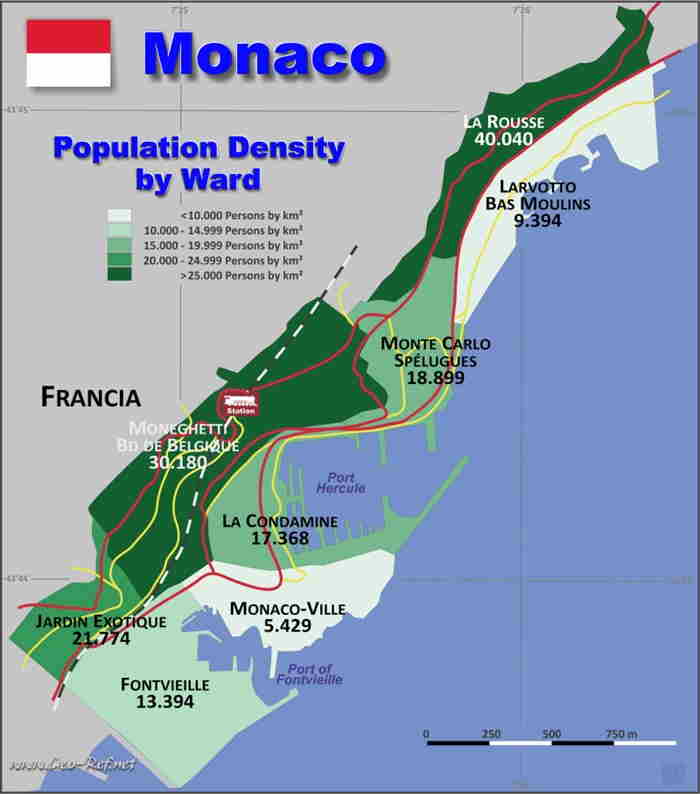
Monaco is a small independent city-state located on the French Riviera in Western Europe. It is the second smallest country in the world, with an area of just 2.02 square km. The population of Monaco is approximately 36,700 people, according to the 2020 census. The majority of the population is composed of Monegasque nationals. The second largest group of inhabitants are French nationals. Italians and British nationals are the other major group of the population.
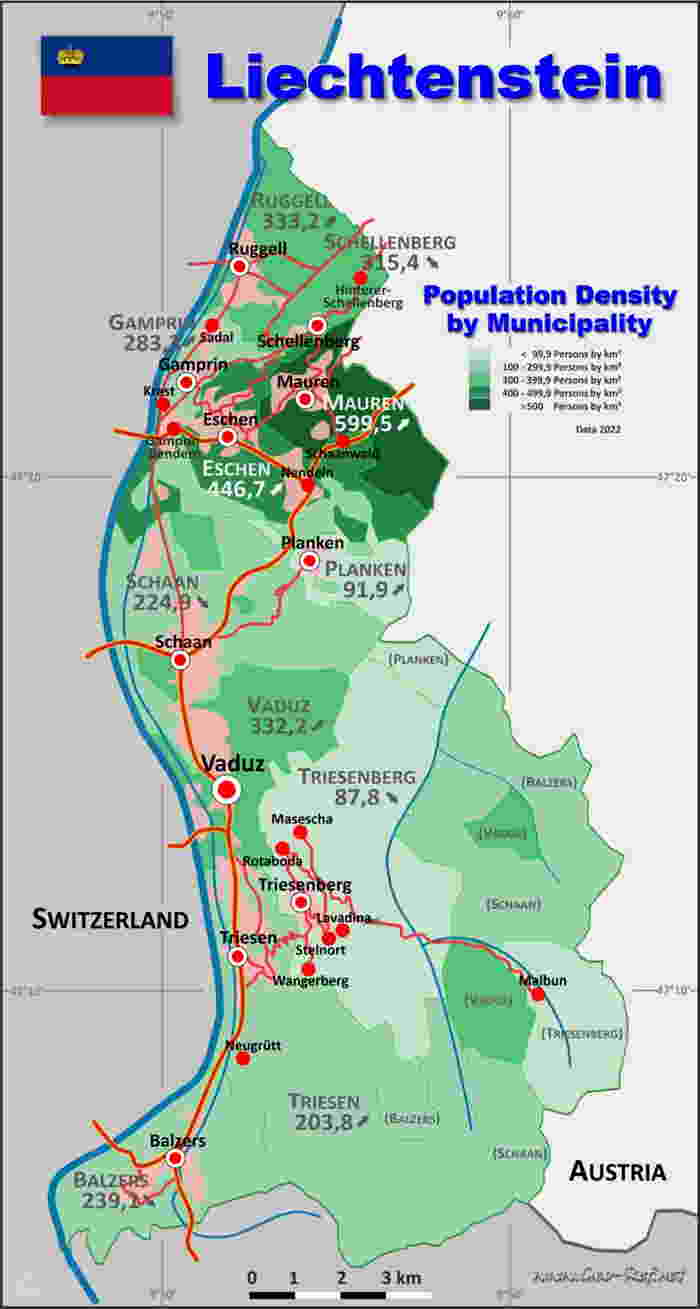
Liechtenstein is a small and predominantly mountainous country located between Switzerland and Austria. It is one of Europe’s smallest countries and has a population of just 39,000 people. Liechtenstein is divided into 11 municipalities, all of which have their own local government. The capital, Vaduz, is the largest city with a population of approximately 5,000 people. The other municipalities are Eschen, Gamprin, Mauren, Planken, Ruggell, Schaan, Schellenberg, Triesen, Triesenberg, and Vaduz. Liechtenstein's population is highly ethnically and linguistically diverse. German is the official language, with over 80% of the population speaking it as their first language. Swiss German is also widely spoken, as are dialects of Alemannic German. Other languages spoken in Liechtenstein include Italian, Turkish, and Albanian.
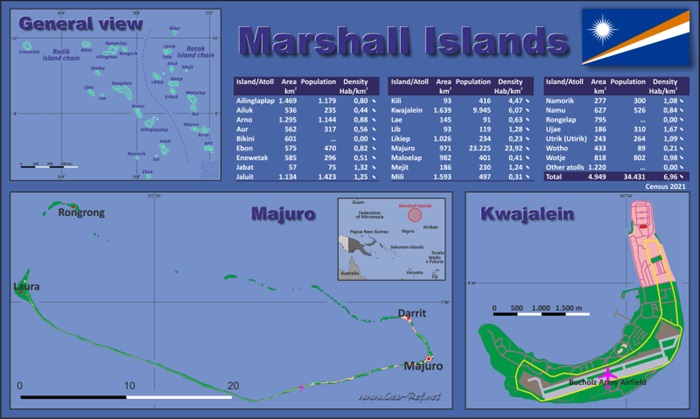
The Marshall Islands, a Micronesian nation in the central Pacific, has a population of approximately 42,000 people as of 2021. The population comprises diverse ethnic groups, primarily Marshallese. The country faces challenges related to climate change and environmental issues, given its low-lying atolls. Majuro, the capital and largest city, is the economic and political center. The people often rely on fishing and agriculture for sustenance.
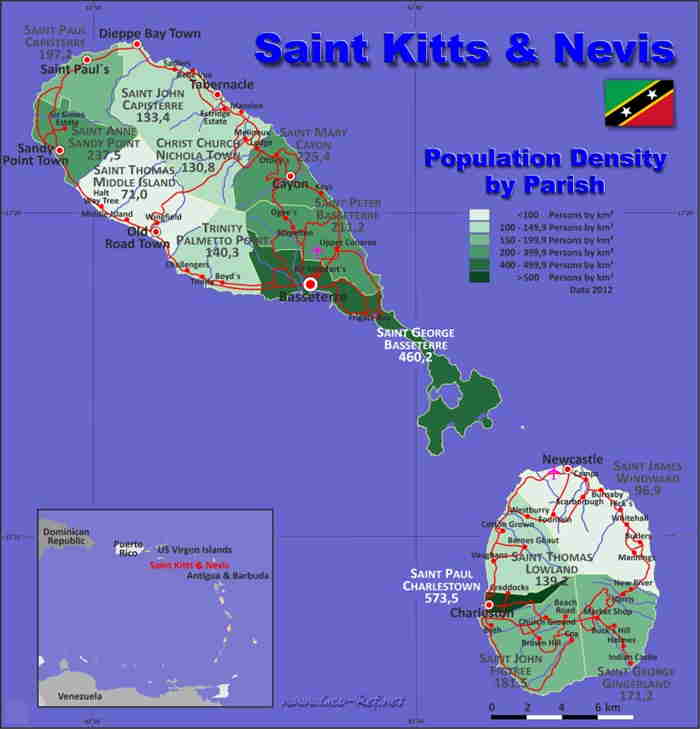
As of 2021 Saint Kitts and Nevis, a Caribbean nation, has a population of around 48000. The majority are of African descent, with a mix of European, Syrian, and Lebanese communities. Basseterre, the capital on Saint Kitts, is the largest city. The country's economy relies on tourism, agriculture, and offshore financial services. The citizenship-by-investment program has attracted foreign investors. The nation boasts a vibrant cultural heritage influenced by African, British, and French traditions.

Dominica is a Caribbean island nation with a population of approximately 72,000, as of 2021. The majority are of African descent, with a mix of indigenous Kalinago people and European influences. Roseau, the capital and largest city, serves as the economic and cultural center. Dominica's economy relies on agriculture, particularly bananas, and increasingly on tourism. The island is known for its lush landscapes and biodiversity. The population embraces a rich cultural heritage, blending African, Caribbean, and European traditions.